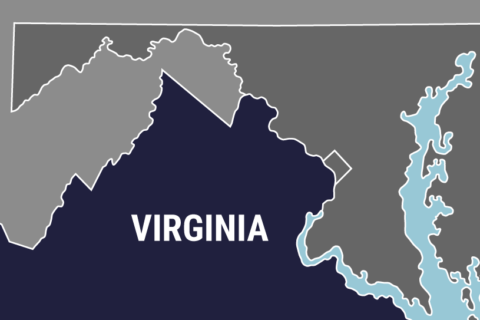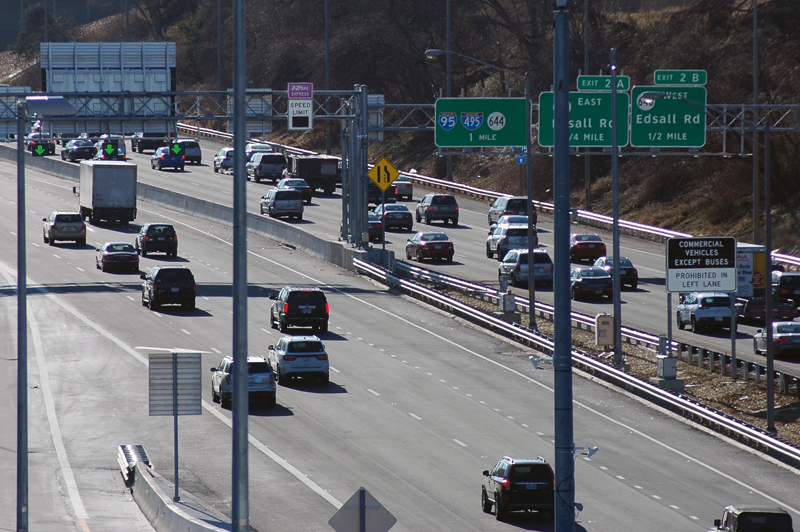WASHINGTON — In traffic-choked northern Virginia, Fairfax County continues to explore ways to lure people from their cars and onto public transportation.
In the first of three public hearings this month, the Fairfax County Department of Transportation asked residents for their input on a proposed transit network which identifies commuter corridors and destination points where transit improvements could be made. The proposals include adding to the Metrorail system, offering bus rapid transit routes or perhaps creating new light rail systems. The plan looks 40 years into the future.
Any plan will eventually require the approval of the Fairfax County Board of Supervisors.
“We’ve got the opportunity to build a network in Fairfax County of interconnected, semi-dedicated roadway where we can run Express Bus to get people, in a time-effective manner, from where they live to where they work. I think that’s one of the answers and you could run them in HOT lanes and HOV lanes and we’ve got a network of them being developed in Fairfax County,” says Fairfax County Board Supervisor Pat Herrity, who represents the Springfield District.
Herrity says he’s eager to see cost-efficient solutions to the county’s transportation problems.
People may love their cars, but building more roads may not be a viable option in Fairfax.
“Expanding roadways is going to be difficult in Fairfax County. We have a lot of development that’s right up against our highways, so (public) transit is really going to be key to moving more people in the future,” says Tom Biesiadny, director of the Fairfax County Department of Transportation.
Among the transportation corridors that Fairfax is targeting for bus service, in the short term, are the Centreville and Chantilly areas.
“In some corridors, buses are the most effective improvement. In other corridors, such as I-66, in the long term, you may look at an extension of the (Metro) Orange Line or something like that,” Besiadny says. “What we’re trying to create are transit options for people so they don’t have to sit in their car in traffic,” he says.
Among the ideas from the public being offered to the county is to offer transit options based on demand, such as operating 15-seat passenger vans in less densely populated areas and bigger buses where there are more people.
Rob Whitfield, a Reston resident who is a member of the Fairfax County Taxpayers Alliance, thinks the transit he rode as a child in London could have a future in Fairfax.
“I grew up with double-deck buses, and what they do is they use less road space and less parking space, and the more passengers per driver you have the more cost-effective it is,” Whitfield says.
More public hearings on the transit network study will be held Tuesday, Feb. 23, at George Marshall High School and Thursday, Feb. 25 at Mount Eagle Elementary School.







